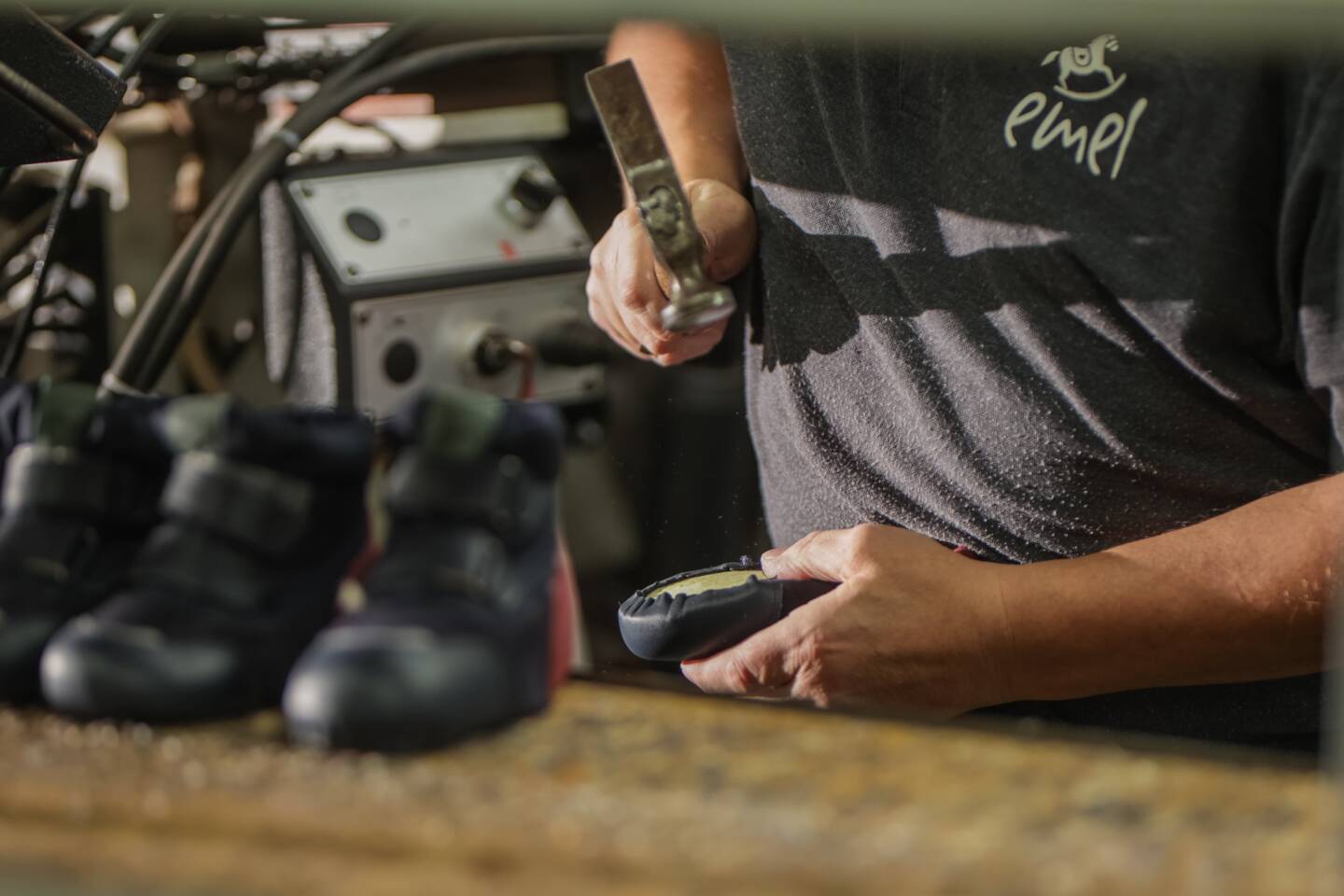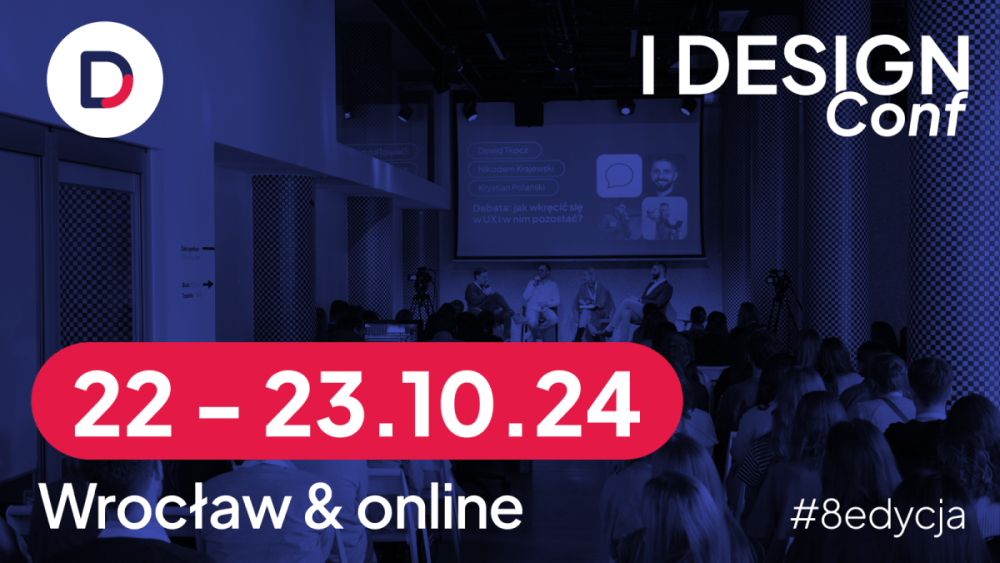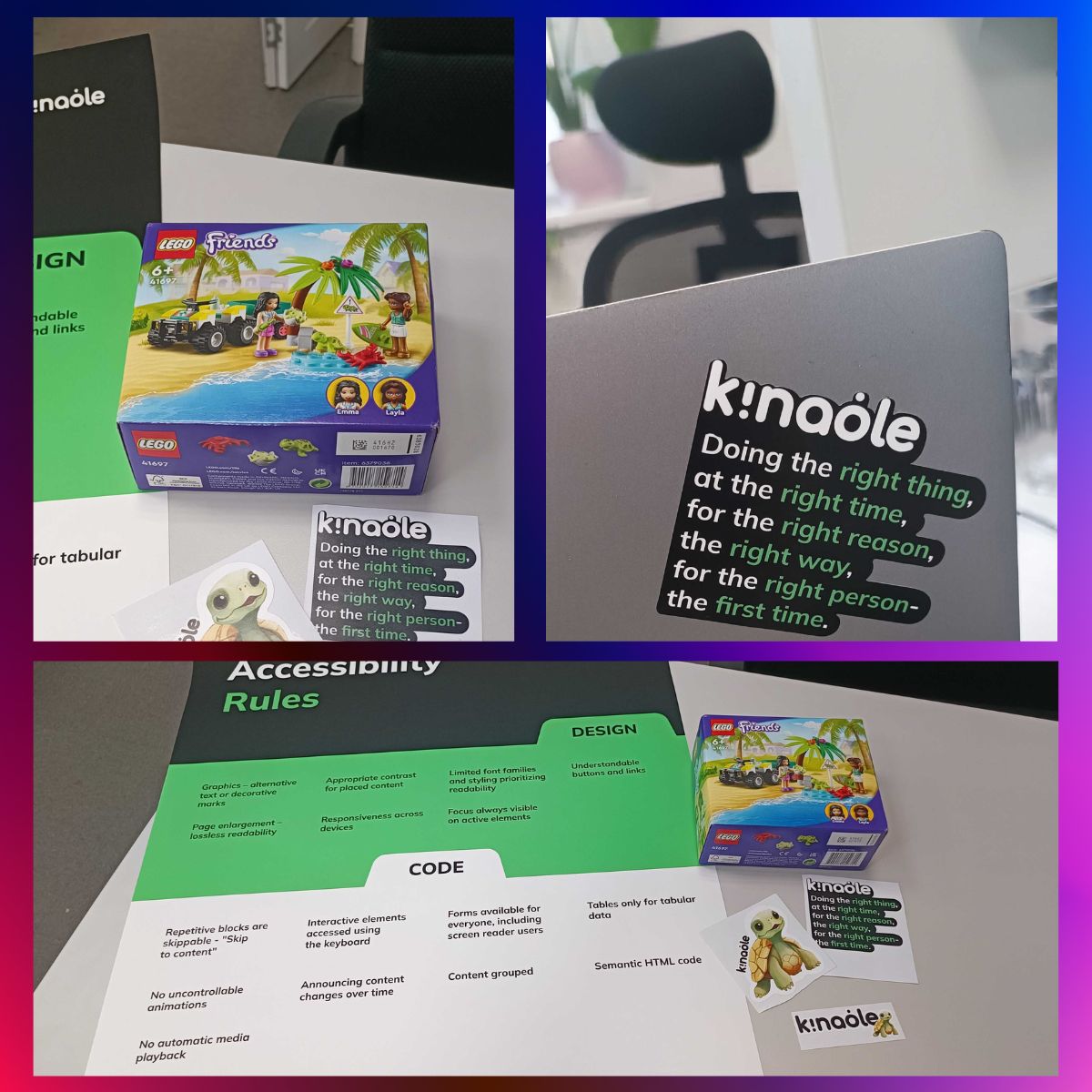
UX Researcher a UX Designer — poznaj różnice między tymi stanowiskami
UX researcher kim jest?
UX researcher jak zostać?
UX researcher ile zarabia?
Powstaje wiele pytań na temat relatywnie nowych na polskim rynku specjalizacji w IT. Warto mieć świadomość podziału kompetencji w zespole UX. Czy rzeczywiście researcher zasługuje na tyle uwagi w stosunku do UX designera? Który wariant specjalizacji UX wybrać?
User Experience – wspólny mianownik i wspólne wartości
UX designer i UX researcher mają za zadanie synergicznie dążyć do zaprojektowania pozytywnego doświadczenia użytkownika w interakcji z produktem. Aby tego dokonać, trzeba określić ramy doświadczenia, a następnie przełożyć tę wiedzę na cyfrowy projekt.
W tym procesie widać dwa wyraźne, różniące się od siebie obszary działania. Kompetencje tak odmienne, że nie warto ich skupiać w rękach jednego pracownika, ponieważ nie będzie wystarczająco obiektywny. Potrzeba dwóch niezależnych ekspertów od UX, odpowiedzialnych ze swoje „od-do”. Najlepszy poziom user experience otrzymamy wówczas, kiedy będą pilnować swoich granic i wyznaczać sobie wzajemnie zadania.
UX Researcher to znawca grupy docelowej produktu
Cały zakres obowiązków badacza user experience oscyluje wokół pracy z ludźmi. Pozyskiwania jakościowych danych od respondentów/użytkowników dla product ownera, a także dla projektantów UX oraz UI.
Prawdziwe źródło cech projektu znajduje się w samych użytkownikach.
To od nich wypływają oczekiwania co do ostatecznego produktu. Spełnienie tych oczekiwań to warunek osiągnięcia celów biznesowych. Researcher zdobywa informacje na ten temat drogą badań user experience.
Przez cały czas ma świadomość, że pracuje z użytkownikiem skupionym na korzystaniu z produktu i własnej wygodzie. Nie zwracając przy tym dużej uwagi na technologię i design. Dlatego badacz UX korzysta z katalogu badań jakościowych, które pozwalają z respondentów wydobyć najistotniejsze dane jakościowe bez problemu.
Początek projektu produktu cyfrowego z udziałem badacza UX, może rozpocząć się od zebrania wstępnych danych o potencjalnych użytkownikach. Na przykład, projektując aplikację dedykowaną sportowcom, możemy zebrać osoby wysportowane i zapytać o ich nawyki, lifestyle oraz historie związane z funkcjami planowanej aplikacji. Można te dane pozyskać np. przy pomocy wywiadów pogłębionych (IDI).
Następnym etapem może być testowanie różnych gotowych funkcjonalności. Interfejs nadal nie przypomina finalnego produktu, ale rozwiązania UI designera są już widoczne, można na nie zareagować i następnie – poprawić. Głównie za pomocą obserwacji interakcji użytkownika ze specjalnie przygotowanym prototypem.
Aby przeprowadzić takie badania skutecznie, trzeba z jednej strony posiadać silnie ugruntowaną wiedzę na temat metodologii badań jakościowych. Równocześnie liczą się kompetencje miękkie. Ludzka psychika bywa różna, a liczą się szczere i niezaburzone reakcje, więc empatia i wyczucie researchera wpływają na wiarygodność odpowiedzi i naturalność zachowań.
Wyniki badań należy potem zinterpretować. Wziąć pod uwagę każdą nagraną reakcję mimiczną na kolejny ekran, każdy obszar mapy ciepła i każdy komentarz użytkownika szukającego np. pola formularza. Powstaje z tego dokumentacja na temat potrzeb grupy docelowej i wzorców jej postępowania – czyli charakterystycznych sekwencji decyzji podczas interakcji z produktem cyfrowym. Stroną, aplikacją, usługą, sklepem online.
Na przekazaniu wstępnej dokumentacji, UX researcher pełni funkcję konsultanta zespołu. Będzie mógł wrócić do badań, kiedy powstaną kolejne prototypy lub makiety, o których można dyskutować z respondentami.
Jak widać, podstawa pracy badacza UX mieści się w środowisku ludzkim.
UX Designer to projektant z inżynierskim zacięciem
Kreowanie doświadczenia rozpoczyna się od czytania dokumentacji z badań UX. Designer musi przełożyć cyfrowy zarys interfejsu. Posługuje się w tym celu oprogramowaniem takim, jak Figma, Axure, Adobe XD, czy Principle.
Choć UX designer zwykle nie ma bezpośredniej styczności z respondentami, musi ich doskonale rozumieć. Na tyle, żeby „wejść w ich buty” i przewidzieć algorytmy postępowania z produktem danego typu. Wtedy będzie mógł stworzyć makiety lo-fi (niskopoziomowe), przewidujące interakcję prawdziwego użytkownika. Interfejs w wersji lo-fi to taki, w którym liczy się wyłącznie przyjazny w interakcji, funkcjonalny oraz intuicyjny system ciągów przyczynowo-skutkowych.
Projektant doświadczenia użytkownika musi posiadać minimum wiedzy z zakresu UI, marketingu czy programowania, aby znaleźć wspólny język z grafikiem – projektantem interfejsu i z zespołem programistów decydujących o opłacalności wdrażania konkretnych rozwiązań. Musi umieć obronić pomysły, które powstały na podstawie drobiazgowych badań UX.
Różnice, które definiują metody pracy
UX researcher opracowuje scenariusze badań z użytkownikami, organizuje te badania, prowadzi je, a na koniec interpretuje wyniki, aby były użyteczne dla projektantów. Następnie przejmuje projekt na każdym możliwym do badań etapie rozwoju, aby skonfrontować go z respondentami, sprawdzić, czy produkt zmierza w dobrym kierunku i ewentualnie zdobyć komplet wskazówek, który pozwoli wyprowadzić go z biznesowych pułapek.
Jedną z najważniejszych ról jest zmniejszenie liczby przyszłych poprawek programistycznych, które zwykle są najbardziej kosztowne w całym projekcie. Dokonuje się tego poprzez zebranie odpowiednich danych jakościowych.
Z kolei UX designer pracuje na drugim biegunie user experience – twórczym. Korzystając z narzędzi cyfrowych i dobrych praktyk UX, projektuje łatwe do przyswojenia prototypy i makiety. Częstokroć sam przedstawia je zespołowi projektowemu, przeprowadzając symulacje interakcji tak, aby reszta zespołu mogła dopasować swoje zadania do charakterystyki projektowanego doświadczenia.
Wielu pracodawców próbuje na siłę łączyć obydwa stanowiska, co skutkuje zwiększonym ryzykiem błędów w projekcie. I wbrew pozorom – nie prowadzi do zaoszczędzenia, lecz do obciążenia budżetu. Pojawiają się bowiem dwa zjawiska:
- Subiektywne podejście designera do badań UX. Przywiązany do swoich prototypów, będzie próbował ich bronić podczas badań, co zaburzy prawdę o tym, jak produkt radzi sobie w rękach grupy docelowej.
- Obciążenie researchera technicznymi aspektami projektu – sprawia, że nie może w pełni zaangażować się w osiąganie wiarygodnych wyników badań i niezbędny wkład w pracę UX designera zostaje zaprzepaszczony.
Finalnie lepszym rozwiązaniem jest rozdzielenie tych zadań na osoby, które mają w danych zakresach obowiązków najwyższe kompetencje lub skorzystanie z agencji UX, która ww. kompetencje posiada.
Udostępnij
























